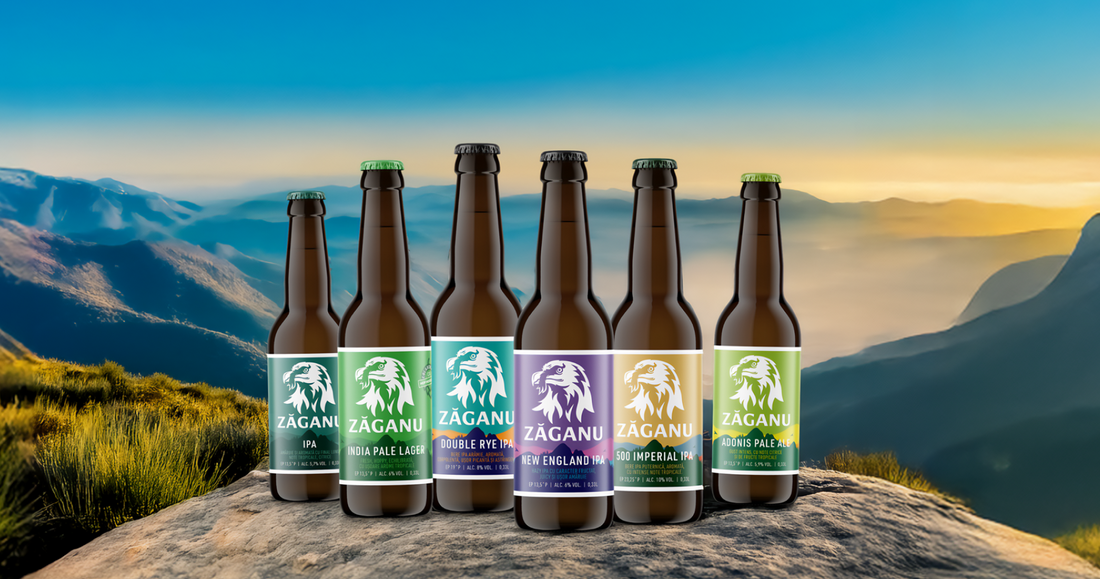The IPA (India Pale Ale) beer revolution began in the US in the late 20th and early 21st centuries. Here's how it unfolded, in stages:
The Origins of IPA – The British Empire
IPA originally dates back to the 18th century, when British brewers created a hoppy beer that could survive the long journey to India.
The additional alcohol (6.0%), but also the added hops acted as a natural preservative, resulting in a more bitter and aromatic beer than other styles.
The American Craft Beer Boom (1980s-2000s)
The craft beer movement in the US began in the late 1970s and 1980s, with small independent breweries experimenting with styles.
Pioneering breweries such as Sierra Nevada (Pale Ale, 1980), Anchor Brewing, and Samuel Adams played an important role in the revival of dry-hopping beers.
Between the 1990s and 2000s, West Coast breweries added increasing doses of hops, creating West Coast IPA, known for its bold bitterness and citrusy, piney flavors.
New England IPA (2010s)
Around 2010, a new style emerged: New England IPA (NEIPA), a hazy, juicy, less bitter, and very flavorful version of IPAs.
This change made IPAs even more popular, attracting drinkers who preferred less bitter but fruitier beers.
IPA global takeover (2010 - present)
IPAs have become the most popular style of craft beer in the US and globally, with endless style variations:
- Double/imperial IPA (higher ABV, more hops);
- Session IPA (lower ABV, lighter body);
- Milkshake IPAs (lactose and vanilla for a creamy texture);
- Cold IPA/India Pale Lager (IPL);
-Black IPA.
Breweries around the world have embraced IPAs, making them the defining style of modern craft beer.
What led to the IPA revolution:
Innovations in the US in terms of hop varieties – New varieties (Centennial, Sabro, Citra, Mosaic, Simcoe, Galaxy, Nelson Sauvin) have led to increasingly flavorful IPAs.
Consumer demand – People loved the bold flavors, and breweries responded with even more extreme versions, with double, even triple dry-hopping.
Craft beer culture – Enthusiasts and breweries have pushed boundaries, making IPA an experimental playground.
Social Media & Hype – Limited edition beers and hazy IPAs fueled excitement, coolness, and the commercial culture of beer.
Conclusion
The IPA revolution reshaped the craft beer world, making hoppy beer the standard bearer of innovation. Today, nearly every craft brewery has some form of IPA, from ultra-bitter to juicy and hazy, keeping the style at the forefront of beer culture. 🍻

